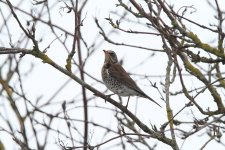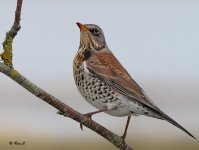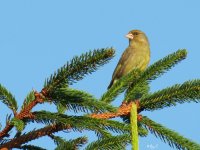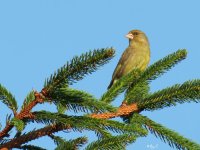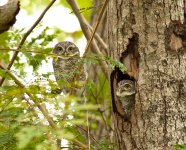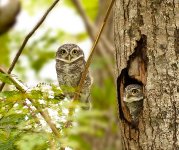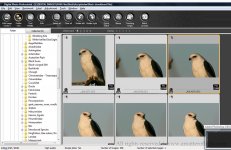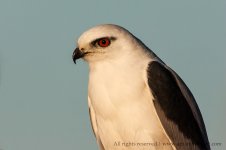Roy C
Occasional bird snapper
With any type of photography it is always best if you can get everything right in-camera if you can but with bird photography this is sometimes very difficult. Fortunately in this digital age there are lots of things we can do to try and get the best out of a shot by image editing procedures. The old saying “you cannot make a silk purse out of a sow’s ear” still holds good but with a good piece of software and a decent monitor you can get pretty darn close IMHO. With something like photoshop you can manipulate an image right down to single pixel level by zooming in at up to 1000% and more therefore given time almost anything is possible providing the shot is not a complete duffer to start with.
The example I have here is not particularly good and I am sure plenty of people could do a lot better but I hope it illustrate to the processing novice the type of thing that is possible. The first shot is the original full frame image that has just been converted from the RAW and re-sized for the web – the second image is what I came up with after playing around a bit (note this is a old image and editing software and processing abilities are always improving so today I would use a different approach altogether for replacing the background).
Cropping, removing clutter, selective enhancements such as noise reduction, sharpening, colour and contrast are all bog standard practices used by the bird tog and are accepted practices. Replacing the background is not so common and I believe that adding any element to an image is one enhancement that should always be declared (as opposed to removing things).
Now I realise that a lot of folk cannot be bothered or are not prepared to spend too much time in front of a PC but for those that are prepared to go this route I hope that this may be food for thought.
The example I have here is not particularly good and I am sure plenty of people could do a lot better but I hope it illustrate to the processing novice the type of thing that is possible. The first shot is the original full frame image that has just been converted from the RAW and re-sized for the web – the second image is what I came up with after playing around a bit (note this is a old image and editing software and processing abilities are always improving so today I would use a different approach altogether for replacing the background).
Cropping, removing clutter, selective enhancements such as noise reduction, sharpening, colour and contrast are all bog standard practices used by the bird tog and are accepted practices. Replacing the background is not so common and I believe that adding any element to an image is one enhancement that should always be declared (as opposed to removing things).
Now I realise that a lot of folk cannot be bothered or are not prepared to spend too much time in front of a PC but for those that are prepared to go this route I hope that this may be food for thought.




